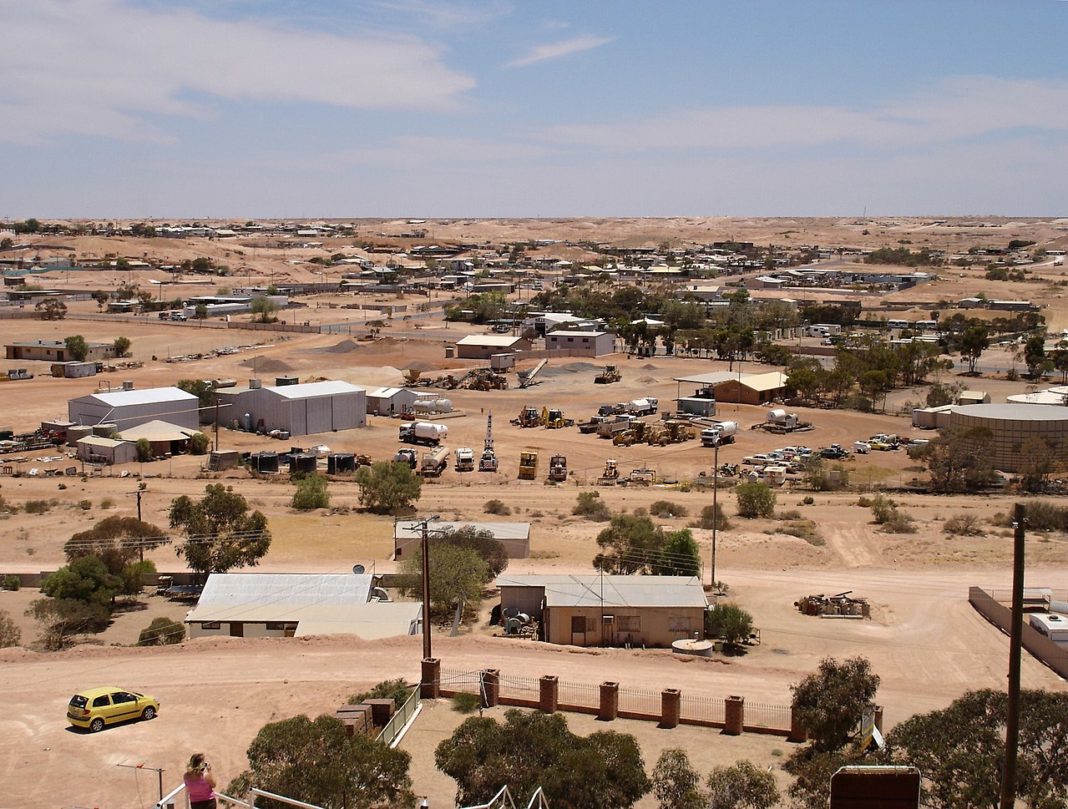Coober Pedy is a town in northern South Australia, 846 km north of Adelaide on the Stuart Highway. The town is sometimes referred to as the “opal capital of the world” because of the number of precious opals that are mined there. Coober Pedy is renowned for its below-ground dwellings, called “dugouts”, which are built in this fashion due to the scorching daytime heat.
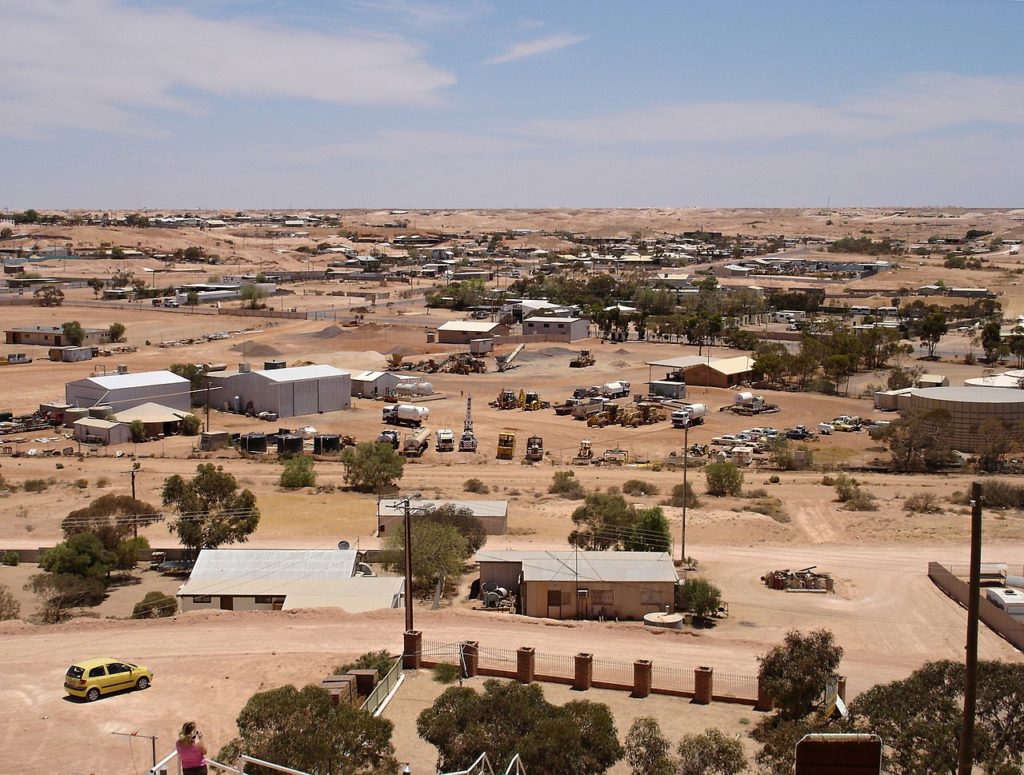
The first European explorer to pass near the site of Coober Pedy was Scottish-born John McDouall Stuart in 1858. The town was not established until after 1915, when the first opal was discovered by Wille Hutchison on 1 February of that year. Opal miners started moving in around 1916. The name of Coober Pedy was decided upon at a meeting in 1920 when a post office was established.
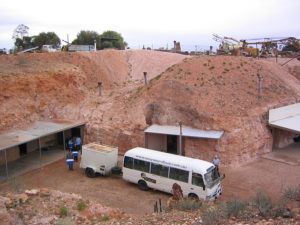
In the 2016 Australian census, there were 1,762 people in Coober Pedy. Coober Pedy is is situated on the edge of the erosional scarp of the Stuart Ranges, on beds of sandstone and siltstone 30 meters deep and topped with a stony, treeless desert. Very little plant life exists in town due to the region’s low rainfall, high cost of water, and lack of topsoil.
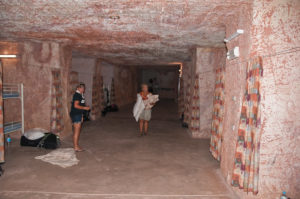
The town has become a popular stopover point and tourist destination. Coober Pedy today relies as much on tourism as the opal mining industry to provide the community with employment and sustainability. Visitors’ attractions in Coober Pedy include the mines, the graveyard, and the underground churches (the Serbian Orthodox Church and the Catholic Church). There are several motels offering underground accommodation, ranging from a few rooms to the entire motel being a dug-out. The hybrid Coober Pedy Solar Power Station supplies power to the off-grid area. The Umoona Opal Mine and Museum is a popular attraction.
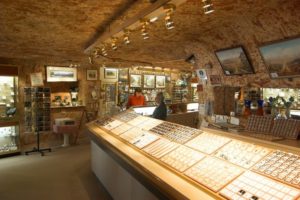
According to Wikipedia





